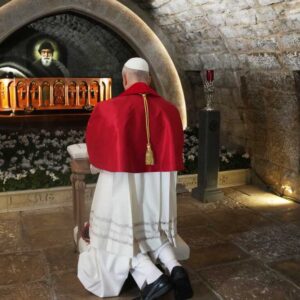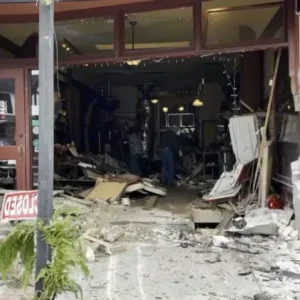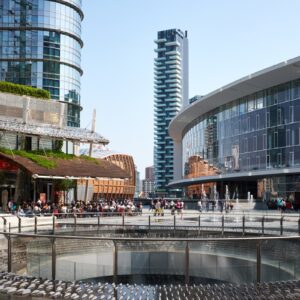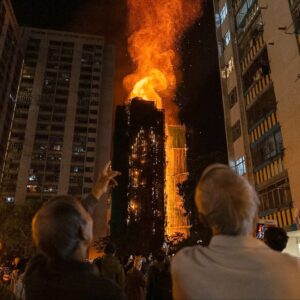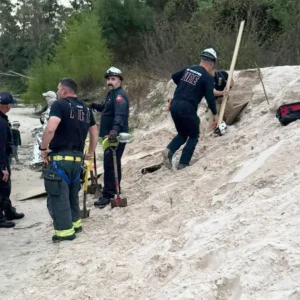A powerful eruption resumes
HONOLULU — Hawaii’s Kilauea volcano erupted again on Friday, shooting an arc of lava about 100 feet (30 meters) into the air and across its summit crater floor. According to the U.S. Geological Survey (USGS), the event marked Kilauea’s 31st eruption since December, cementing its reputation as one of the world’s most active volcanoes.
The eruption began in the north vent of Halemaumau Crater, where continuous spattering evolved into lava fountains in the afternoon. Officials confirmed that the activity remains contained within the summit crater and poses no threat to homes or nearby communities.
Viewing from the park and livestreams
Residents and visitors in Hawaii Volcanoes National Park had a rare chance to witness the eruption firsthand, while thousands more tuned into USGS livestreams. Park Service volunteer Janice Wei described the experience as both visual and sensory: “When the molten rock shoots high like a fountain, it sounds like a roaring jet engine or crashing ocean waves. I can feel its heat from over a mile away.”
Labubu Toy Heist: $7K Stolen from California Store Amid Soaring Demand
How the eruption works
Scientists say magma is rising from deep underground at a rate of about 5 cubic yards per second, inflating a lower chamber beneath the crater before pushing into an upper chamber and escaping through narrow vents. The build-up and release of pressure explain the dramatic lava fountains, sometimes compared to popping a shaken champagne bottle.
This eruptive pattern is not new. Similar sequences occurred in 1959, 1969, and 1983, with the latter eventually producing a decades-long eruption that lasted until 2018. Geologists say it is still uncertain whether the current activity will fizzle out or evolve into a prolonged eruption.
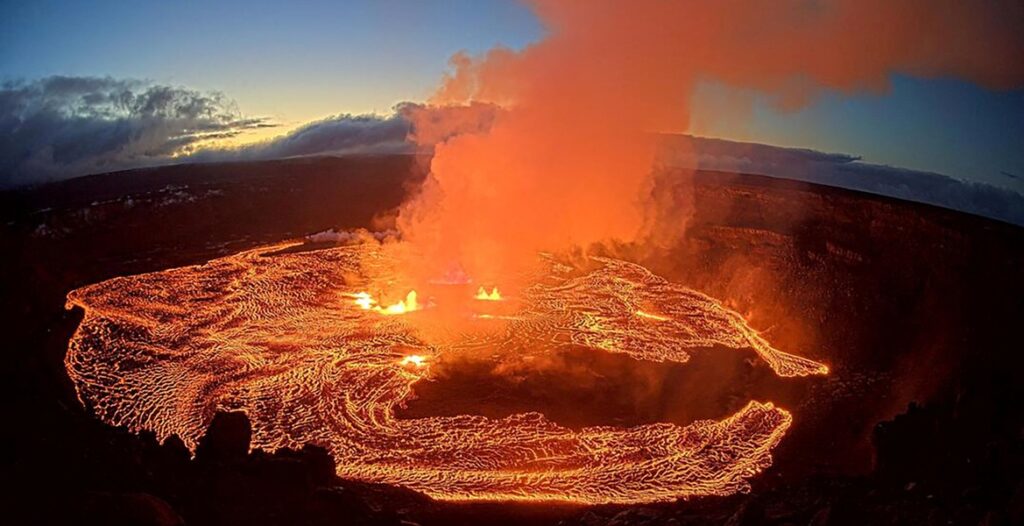
Cultural and scientific perspectives
For many Native Hawaiians, the eruptions hold both cultural and scientific significance. Huihui Kanahele-Mossman, executive director of the Edith Kanakaʻole Foundation, said the lava embodies both history and tradition: “To be able actually to see that eruption that’s described in the mele, that’s always exciting to us and drives us to stay in this tradition.”
Visitor safety and rising tourism
Park officials reported a surge in visitation, with April 2025 attendance up 49% compared to April 2024. However, spokesperson Jessica Ferracane urged caution, noting that episodes often last just 10–12 hours. Visitors are advised to stay on marked trails, avoid unstable ground, and prepare for exposure to volcanic gases and ash.
Looking ahead
Scientists continue to monitor Kilauea using seismic and ground deformation sensors that can give up to a week’s warning of new lava flows. While lava fountains have recently become shorter — possibly due to widening vents — researchers emphasize that the spectacle remains one of Earth’s most extraordinary natural displays.

